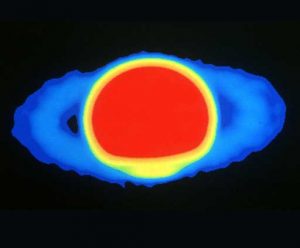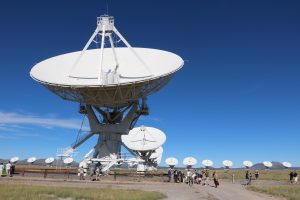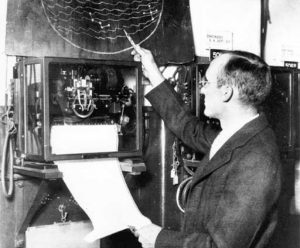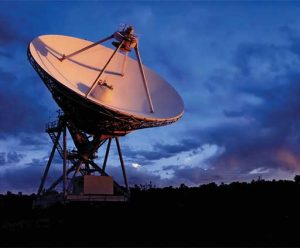Both planets have strong radio emission due to several different emission processes. Below a frequency of 40 MHz, cyclotron-maser…
Select :
asteroid collisionasteroidsastronomical distance scalesatomsbig bangblack holesbright lights in the skybrown dwarfcareerscelestial eventschecker cabscometsconstellationscosmic distancescosmic microwave backgroundcosmic rayscosmologydark energydark matterdwarf planeteartheclipseeclipticeducationexoplanetsexpansion of the universegalaxiesgeneral relativitygravitational lensgravity wavesGreat Red SpotHoaxesHubble Space Telescope (HST)Interferometerinterferometryinterstellar moleculesionosphereJupitermagnetarsmarsmeteorsMH370milky wayMilky Way Galaxymoleculesmoonmoonsneutron starneutron starsNibirunight skyparallaxphysicsplanetsplutoproperties of lightPtolemypulsarsquasarsradar astronomyRadio Astronomyradio frequency interferenceradio interferometersradio recombination line emissionRadio TelescopeSatellite DishSchwarzschild Radiusscientific methodsearch for extraterrestrial intelligenceSETIsolar systemspace probesspacecraftstar formationstarssunsupernovasupernova remnantssupernovaetelescopestime dilationTrans Neptunian Objectstwin paradoxunexplained celestial observationsVenusVery Large ArrayVery Long Baseline Array (VLBA)Voyager 1weather


Building a Radio Interferometer at Home
I think that you will find it informative to read the detailed description of a 400MHz radio interferometer build…

How to Convert Between Flux Density Units
You can find a description of the conversion you are looking for on the Spitzer Telescope Handbook page on…

Can Very Long Baseline Interferometry Be Done Between the Earth and the Moon?
Yes. In fact, just such a project has been proposed to build an autonomous remote-controlled radio observatory on the…

Does the Resolution of the VLA Exceed That of all Earth-Based Telescopes?
No, in fact. That honor belongs to the VLA’s cousin, the Very Long Baseline Array (VLBA), which can achieve…

Is Radio Astronomy the First to Measure the Universe Through Invisible Light?
In fact, most of the wavelengths of light that things like stars, planets, and galaxies radiate at are at…





